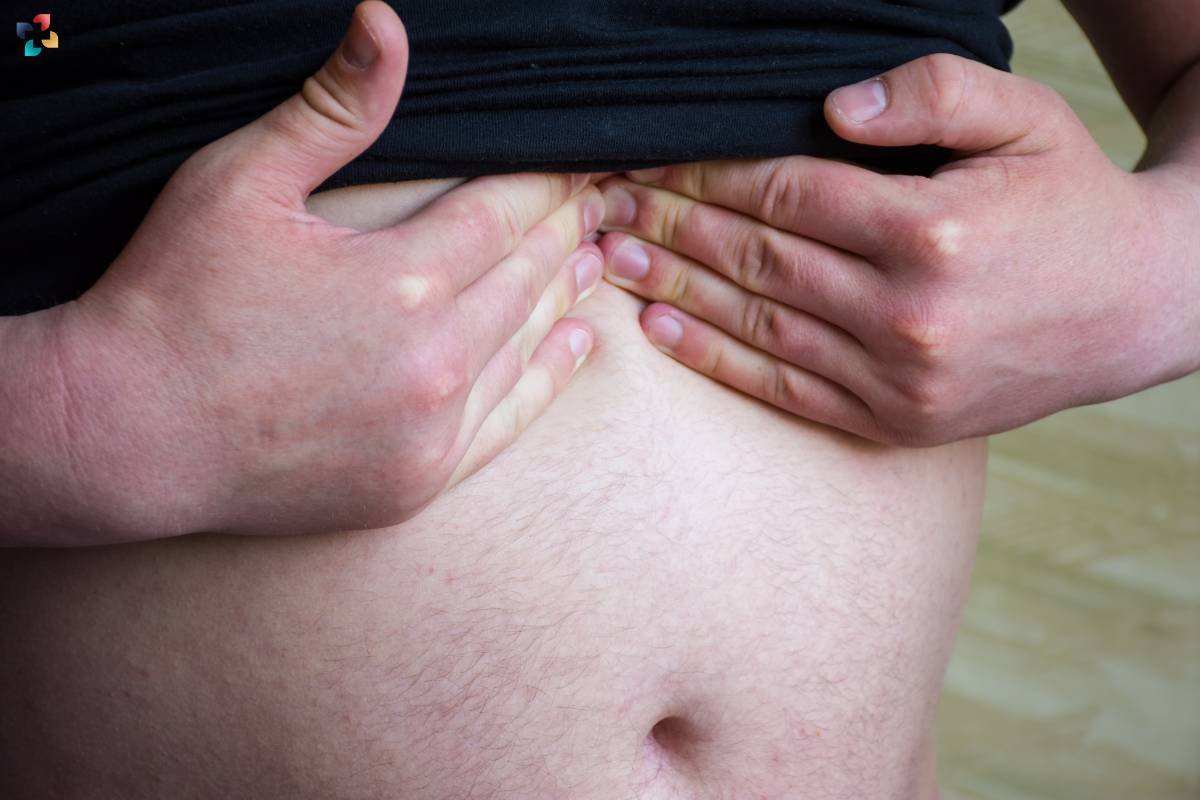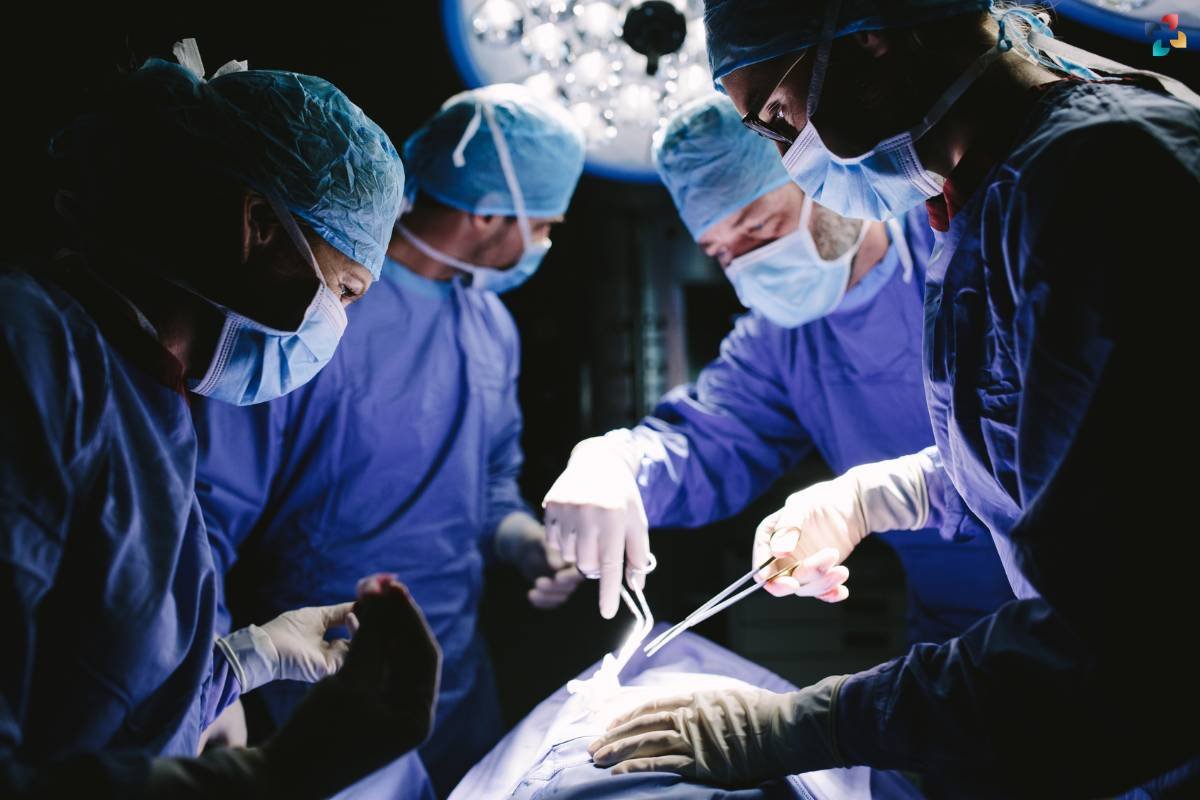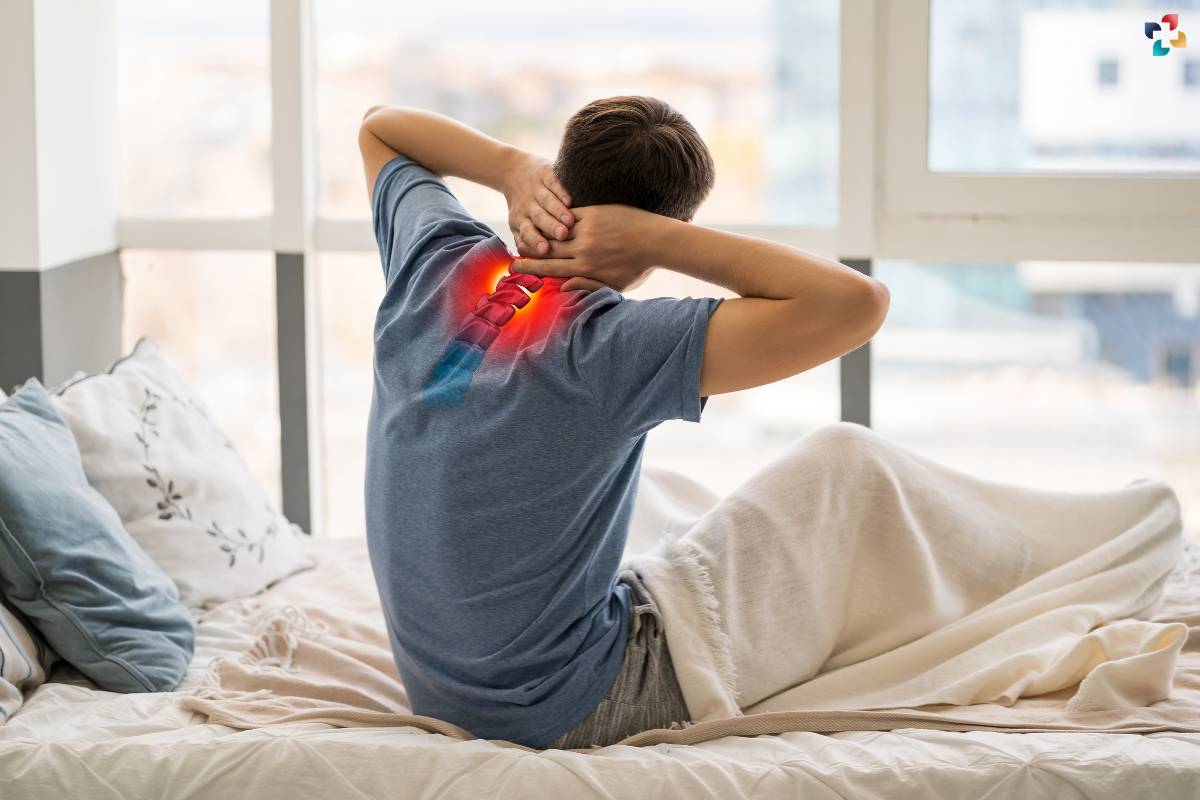Introduction:
Hernias are common medical conditions that occur when an organ or tissue pushes through a weak spot in the surrounding muscle or connective tissue. Understanding the different types of hernias, along with their symptoms, causes, and treatment options, is essential for effective management and prevention. In this comprehensive guide, we will delve into the various Types of Hernias, providing valuable insights for individuals seeking information on this prevalent health issue.
What is a Hernia?
A hernia is a common medical condition characterized by the protrusion of an organ or tissue through an abnormal opening in the surrounding muscle or connective tissue. Essentially, it occurs when there is a weakness or defect in the wall of the cavity that contains the organ, allowing it to push through and form a bulge or lump under the skin. Hernias can develop in various areas of the body, but they most commonly occur in the abdominal region.
The most frequent types of hernias include inguinal hernias, hiatal hernias, umbilical hernias, femoral hernias, and incisional hernias. Each type has its unique location and underlying causes. For example, inguinal hernias occur in the groin area, hiatal hernias in the diaphragm, umbilical hernias near the navel, femoral hernias in the thigh region, and incisional hernias at the site of a previous surgical incision.
Hernias may develop gradually over time due to factors such as aging, muscle weakness, or repetitive strain on the affected area. Additionally, certain risk factors, including obesity, pregnancy, heavy lifting, chronic coughing, and straining during bowel movements, can increase the likelihood of hernia formation.
Symptoms of a hernia can vary depending on the type and severity but commonly include pain, discomfort, swelling, and a visible bulge or lump under the skin. In some cases, hernias may be asymptomatic and only discovered incidentally during a physical examination or medical imaging tests.
Although hernias are not usually life-threatening, they can cause significant discomfort and complications if left untreated. Complications may include strangulation, where the blood supply to the herniated organ is compromised, leading to tissue damage or death. Therefore, prompt medical evaluation and appropriate treatment are essential for managing hernias effectively and preventing potential complications.
Types of Hernias:

1. Inguinal Hernias
Of all types of hernias, Inguinal hernias are the most common type, accounting for approximately 70% of all hernias. They occur when tissue, such as a part of the intestine, protrudes through a weak spot in the abdominal wall in the groin area. Inguinal hernias may be further classified as direct or indirect, depending on the location of the protrusion.
2. Hiatal Hernias
Hiatal hernias occur when a portion of the stomach pushes through the diaphragm and into the chest cavity. This type of hernia is commonly associated with gastroesophageal reflux disease (GERD) and may cause symptoms such as heartburn, chest pain, and difficulty swallowing.
3. Umbilical Hernias
Umbilical hernias occur when tissue protrudes through a weak spot in the abdominal wall near the navel (belly button). They are most common in infants but can also affect adults, particularly those who are overweight or have had multiple pregnancies.
4. Femoral Hernias
Femoral hernias occur when tissue protrudes through a weak spot in the groin or upper thigh area, below the inguinal ligament. This type of hernia is more common in women and may cause pain or discomfort in the groin region.
5. Incisional Hernias
Incisional hernias develop at the site of a previous abdominal surgery or incision. They occur when tissue protrudes through the weakened area of the surgical scar, resulting in a bulge or lump under the skin.
Symptoms and Causes:
Symptoms of hernias may vary depending on the type and severity of the condition but commonly include pain or discomfort, swelling, and a noticeable bulge or lump.
The primary cause of hernias is increased pressure on the abdominal wall, which can result from factors such as heavy lifting, persistent coughing, obesity, pregnancy, or straining during bowel movements.
In addition to the common symptoms mentioned above, hernias may also cause a feeling of heaviness or pressure in the affected area, especially when standing or lifting heavy objects. Some individuals may experience pain or discomfort that worsens with physical activity or bending over. In severe cases, hernias may lead to complications such as bowel obstruction or strangulation, which can result in severe abdominal pain, nausea, vomiting, and an inability to pass gas or stool. These complications require immediate medical attention to prevent further complications or tissue damage.
The primary cause of hernias is increased pressure on the abdominal wall, which weakens the surrounding muscles and tissues, allowing organs or tissue to protrude through. This increased pressure can occur due to various factors, including:
1. Heavy lifting

Repeatedly lifting heavy objects or lifting objects improperly without proper support can strain the abdominal muscles and increase the risk of hernia formation.
2. Persistent coughing
Chronic coughing due to conditions such as smoking, respiratory infections, or lung diseases can put pressure on the abdominal wall and weaken the muscles over time.
3. Obesity
Excess body weight can exert additional pressure on the abdominal wall, increasing the likelihood of hernia development.

Weight Gain During Pregnancy: What You Need to Know
Pregnancy is one of the most special phases of a woman’s life. It’s the beginning of a beautiful 9-month journey embracing womanhood and motherhood altogether. Every woman’s pregnancy is unique, facing many ups and downs, and tackling physical and mental health with every changing month.
4. Pregnancy
The increased abdominal pressure and hormonal changes during pregnancy can weaken the abdominal muscles, making pregnant women more susceptible to hernias.
5. Straining during bowel movements
Chronic constipation or straining during bowel movements can strain the abdominal muscles and contribute to hernia formation.
It is essential to address these risk factors and adopt healthy lifestyle habits to reduce the risk of hernias and maintain overall abdominal health. Regular exercise, maintaining a healthy weight, avoiding heavy lifting, and managing underlying medical conditions such as chronic cough or constipation can help prevent hernias and promote abdominal strength and stability.
Treatment Options:

Treatment for hernias typically involves surgical repair, especially if the hernia is causing symptoms or complications.
Laparoscopic surgery is a minimally invasive technique that involves making small incisions and using a camera and specialized instruments to repair the hernia.
Open surgery may be necessary for larger hernias or those with complications, involving a larger incision to access and repair the hernia.
Conclusion:
Understanding the different Types of Hernias is crucial for early detection, proper diagnosis, and effective management. If you experience symptoms suggestive of a hernia, such as pain, swelling, or a noticeable bulge, it is essential to consult a healthcare professional promptly for evaluation and appropriate treatment. By raising awareness and educating individuals about hernias, we can promote better health outcomes and improve overall well-being.








